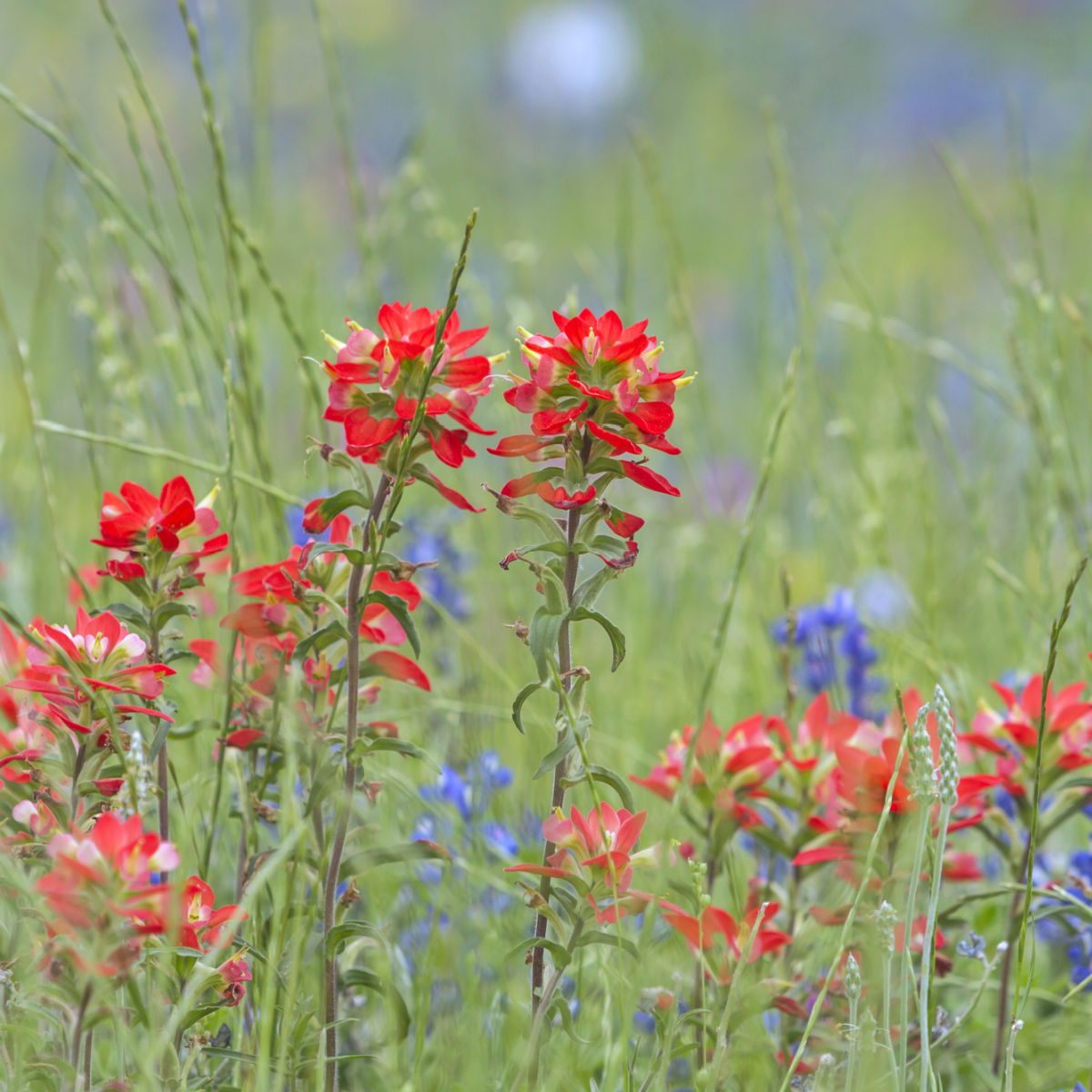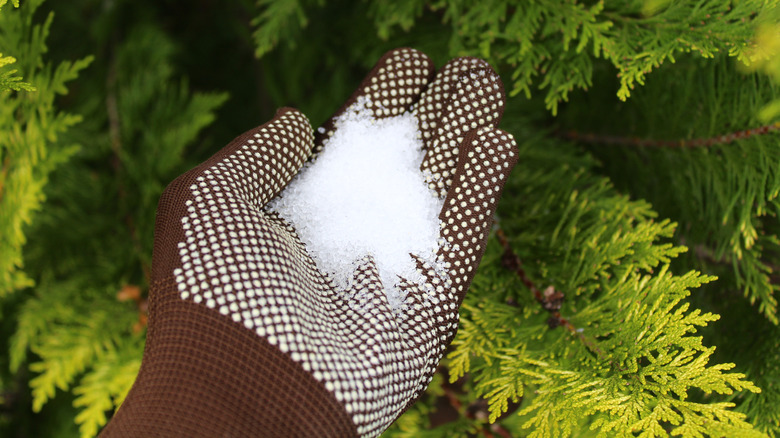Stay clear of These Plants: What Plants Don't Like Epsom Salt
Wiki Article
Discover the Certain Plants That Are Negatively Affected by Epsom Salt Application
Epsom salt, a popular home treatment for various horticulture distress, is often praised for its advantageous impacts on plant growth. Understanding the certain plants that can be detrimentally impacted by Epsom salt is crucial for any type of gardener looking to optimize their plant care regimen.Roses

Roses, specifically conscious changes in their setting, can be adversely impacted by the application of Epsom salt. While Epsom salt is typically used as a plant food to promote plant development and improve flowering, roses are among the plants that do not react well to its application. The high magnesium material in Epsom salt can hinder the uptake of various other essential nutrients by the rose plants, resulting in deficiencies that materialize as yellowing leaves or stunted development.

Tomatoes
Tomatoes, understood for their versatility in culinary applications, can show adverse results when exposed to Epsom salt due to their details nutrient requirements. While Epsom salt is usually touted as a solution for various plant problems, consisting of blossom end rot in tomatoes, its application can result in harmful outcomes otherwise used carefully. Tomatoes are hefty feeders that call for a well balanced consumption of nutrients, particularly calcium, to flourish. Extreme Epsom salt, which is magnesium sulfate, can interfere with the delicate nutrient equilibrium required by tomatoes, possibly leading to deficiencies in other vital nutrients like calcium. This imbalance may materialize in signs and symptoms such as stunted development, yellowing leaves, or perhaps reduced fruit manufacturing in tomatoes. Therefore, when considering the usage of Epsom salt on tomatoes, it is important to stick to suggested application prices and dirt screening to avoid unplanned effects on the general wellness and performance of these precious yard plants.Peppers
Peppers, prized for their different colors and degrees of spiciness, can demonstrate vulnerability to unfavorable impacts from Epsom salt when not used with care and factor to consider for their particular dietary demands. what plants don't like epsom salt. Peppers, belonging to the Solanaceae family members, need a delicate balance of nutrients to flourish. While Epsom salt is understood to boost magnesium levels in plants, excessive application can interrupt this balance, resulting in negative effects on pepper plantsWhen peppers are subjected to high degrees of magnesium from Epsom salt, it can disrupt the plant's capacity to absorb other crucial nutrients like calcium and potassium. This imbalance might materialize in symptoms such as fallen leave staining, stunted growth, and minimized fruit manufacturing. Furthermore, the too much magnesium can alter the dirt pH, more worsening nutrient uptake concerns for peppers.

Rhododendrons
Offered the level of sensitivity of certain plant varieties to inequalities triggered by Epsom salt, it is necessary to take into consideration the influence on Rhododendrons, which also require certain nutrient degrees to flourish. Rhododendrons additional info are acid-loving plants that like acidic dirt problems with a pH range in between 4.5 and 6.0. Epsom salt, chemically recognized as magnesium sulfate, can modify the dirt pH and interfere with the fragile equilibrium of nutrients crucial for Rhododendron health and wellness.
To keep the ideal development and wellness of Rhododendrons, it is critical to stay clear of the indiscriminate use Epsom salt and rather focus on offering the certain acidic soil problems and nutrients that these plants need for prospering.
Azaleas
Azaleas, understood for their dynamic blooms and wide series of colors, are ornamental bushes that belong to the Rhododendron category. These prominent flowering plants are often located in parks, More Bonuses gardens, and landscapes because of their beauty and convenience. Azaleas are sensitive to changes in soil pH degrees, which can dramatically influence their growth and general health and wellness. While Epsom salt is commonly utilized as a remedy for magnesium deficiency in plants, its application to azaleas can have negative effects.When Epsom salt is applied to azaleas, it can change the soil pH, making it much more acidic. Azaleas prefer a little acidic dirt problems, and an excess of magnesium from Epsom salt can disrupt this balance, bring about nutrient inequalities and prospective toxicity concerns. The wrong application of Epsom salt can lead to stunted growth, yellowing of fallen leaves, and general decline in the health of azaleas. Therefore, it is important to be careful when considering making use of Epsom salt on azaleas to avoid any negative effects on these delicate ornamental shrubs.
Verdict
Finally, it is essential to be familiar with the particular plants that can be detrimentally impacted by the application of Epsom salt. Roses, tomatoes, rhododendrons, azaleas, and peppers are some examples of plants that may not gain from Epsom salt and might even experience click resources damage. It is crucial to research and recognize the demands of each plant types prior to utilizing Epsom salt as a fertilizer to ensure their health and wellness and well-being.
Recognizing the details plants that can be detrimentally influenced by Epsom salt is critical for any gardener looking to optimize their plant care routine. While Epsom salt is frequently used as a fertilizer to advertise plant growth and enhance flowering, roses are one of the plants that do not respond well to its application.Extreme usage of Epsom salt can also result in an accumulation of salts in the dirt, leading to root damages and dehydration of the rose plants. While Epsom salt is understood to increase magnesium levels in plants, too much application can interrupt this balance, leading to negative impacts on pepper plants.
The high salt content in Epsom salt can also dehydrate Rhododendron roots, triggering more anxiety and damages to the plant. (what plants don't like epsom salt)
Report this wiki page